Can this remedy be combined with other weight loss methods or supplements
In the quest for effective weight loss solutions, individuals often contemplate combining remedies with other methods or supplements to optimize results. This approach seeks to leverage the potential synergy between various techniques, aiming for enhanced efficacy in shedding excess weight.
Combining remedies with other weight loss methods can indeed offer a holistic approach toward achieving fitness goals. The idea is not about relying solely on one method but rather understanding how different strategies can complement each other for better outcomes.
The Synergy between Remedies and Weight Loss Methods
When exploring the amalgamation of remedies with existing weight loss methods, it becomes apparent that each approach can play a significant role. Remedies, which could range from natural herbal supplements to specific dietary adjustments, often focus on enhancing metabolism, suppressing appetite, or aiding digestion.
Integrating these remedies with established weight loss methods such as exercise routines, balanced diets, or medical prescriptions can create a comprehensive regimen. This combination tends to target different aspects of weight loss simultaneously, potentially yielding more substantial and sustainable results.
Compatibility Check: Assessing the Interactions
However, it’s essential to approach this combination cautiously. Compatibility between remedies and supplements is crucial to ensure safety and avoid adverse reactions. Consulting healthcare professionals or nutritionists before embarking on such combinations is highly recommended to mitigate potential risks.
Benefits of Combining Remedies with Other Methods
The benefits of combining remedies with other methods are multifaceted. By synergizing various approaches, individuals might experience accelerated weight loss, improved metabolic functions, better appetite control, and overall enhanced well-being.
Cautionary Notes: Potential Risks and Considerations
Despite the potential benefits, there are inherent risks when combining remedies and supplements. Interactions between different substances might lead to unexpected side effects or hinder the efficacy of individual components.
Expert Opinions: Insights from Professionals
Experts often advise a cautious yet informed approach when combining remedies and supplements. They emphasize the importance of understanding individual body responses, potential interactions, and the need for professional guidance.
Success Stories: Real-Life Experiences
Numerous success stories testify to the effectiveness of combining remedies with other weight loss methods. These experiences highlight the personalized nature of such combinations and the importance of finding the right balance.
I know this is maybe too late to write an article for LMDE 3. But this is what I currently use at my office. I made this setup more than 2 years ago. It took me a week to figure out the problem I had regarding LTSP-Server installation and configuration. Until now I didn’t have time to document it. I followed the instructions mainly from here. At our office we have 5 thin clients and one LTSP-Server. The configuration looks like this:
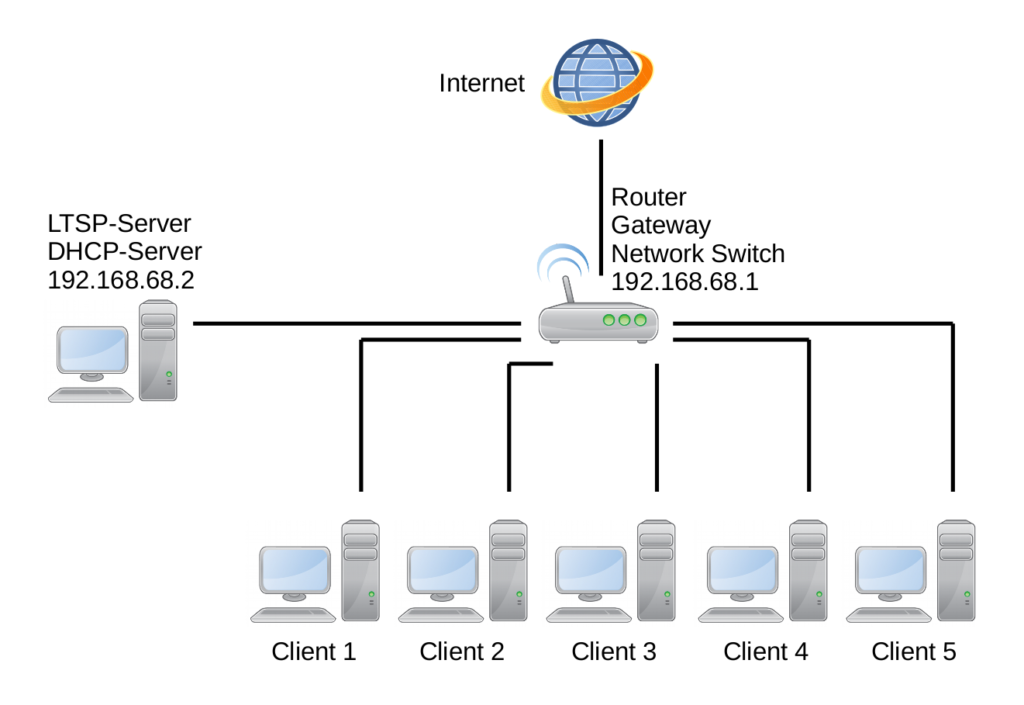
Anyway, here are the steps that I did to install LTSP-Server at my office:
~$ sudo apt-get update~$ sudo apt-get install ltsp-server-standalone dnsmasq epoptes epoptes-client ltsp-client network-manager-gnome dnsutils rsyncAdd user to group “epoptes”, in this example “admin”:
~$ sudo usermod -G epoptes -a adminSet the network like following screenshot:

My “/etc/ltsp/dhcp.conf” looks like following:
#
# Default LTSP dhcpd.conf config file.
#
authoritative;
subnet 192.168.68.0 netmask 255.255.255.0 {
range 192.168.68.20 192.168.68.250;
option domain-name "example.com";
option domain-name-servers 192.168.68.1;
option broadcast-address 192.168.68.255;
option routers 192.168.68.1;
next-server 192.168.68.1;
# get-lease-hostnames true;
option subnet-mask 255.255.255.0;
option root-path "/opt/ltsp/i386";
if substring( option vendor-class-identifier, 0, 9 ) = "PXEClient" {
filename "/ltsp/i386/pxelinux.0";
} else {
filename "/ltsp/i386/nbi.img";
}
}Restart network-manager service:
~$ sudo systemctl restart network-manager.serviceFind out kernel version and reconfigure the package:
~$ uname -r
4.9.0-8-amd64
~$ sudo dpkg-reconfigure linux-image-4.9.0-8-amd64Update ltsp-image:
~$ sudo ltsp-update-image --cleanup /Here are some pictures of the client during booting:
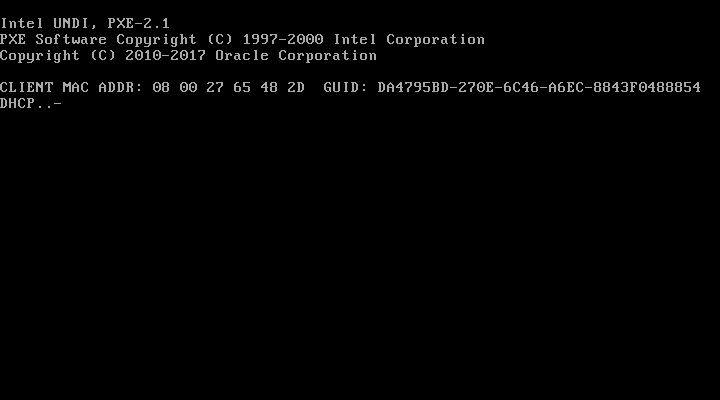
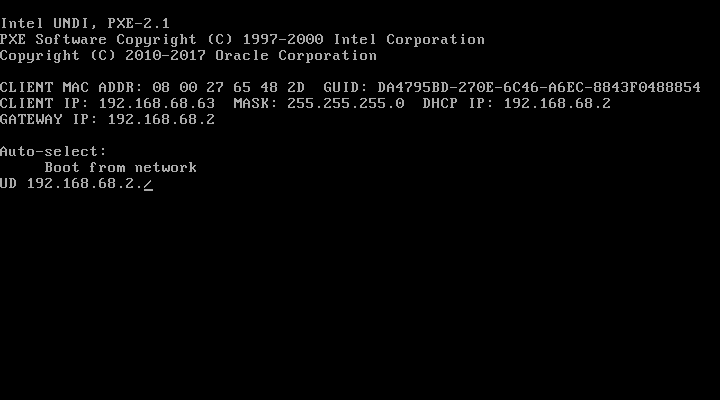
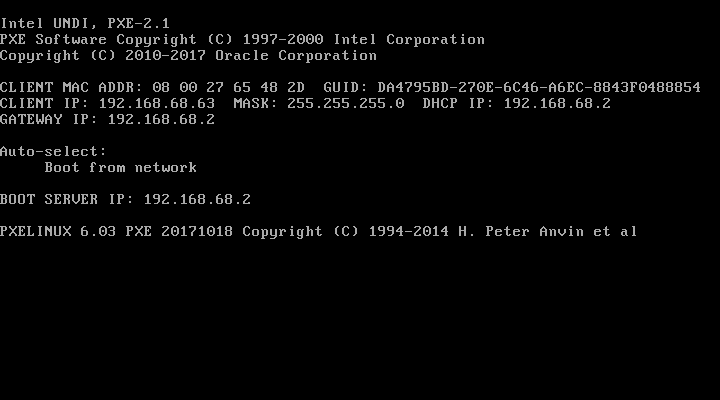
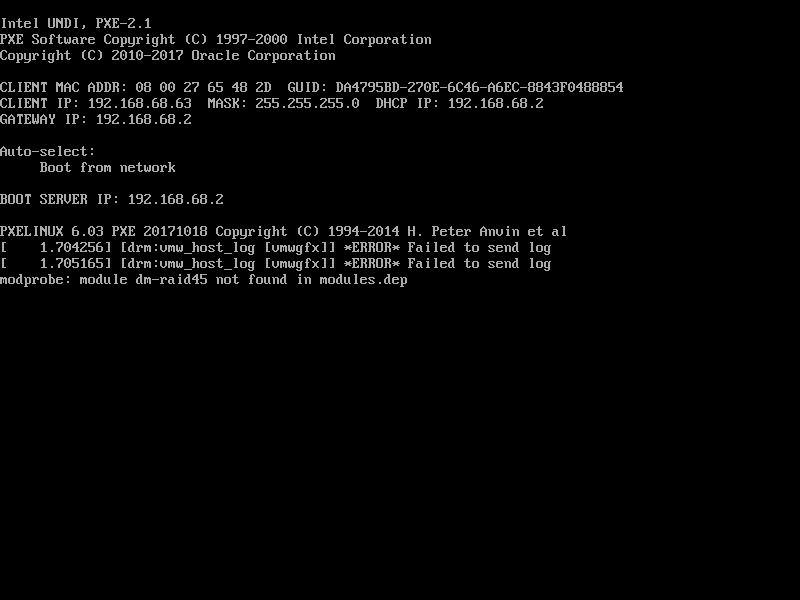
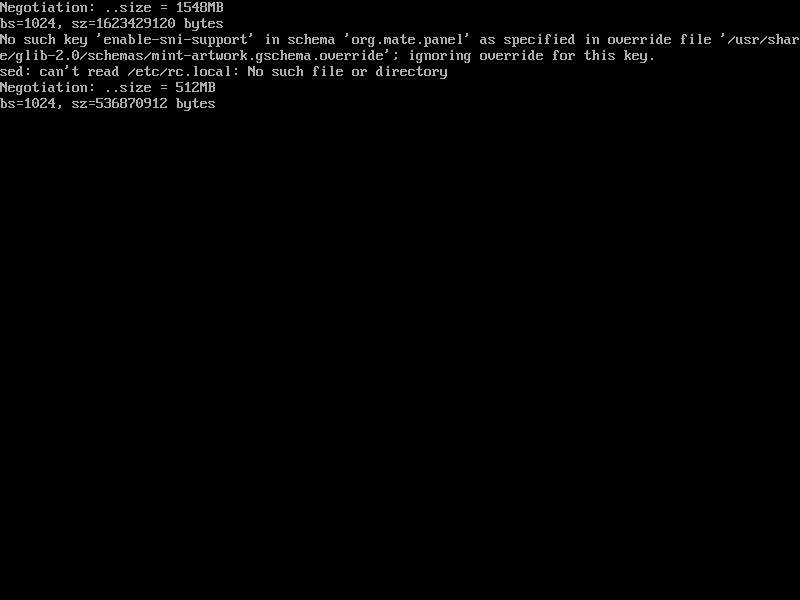
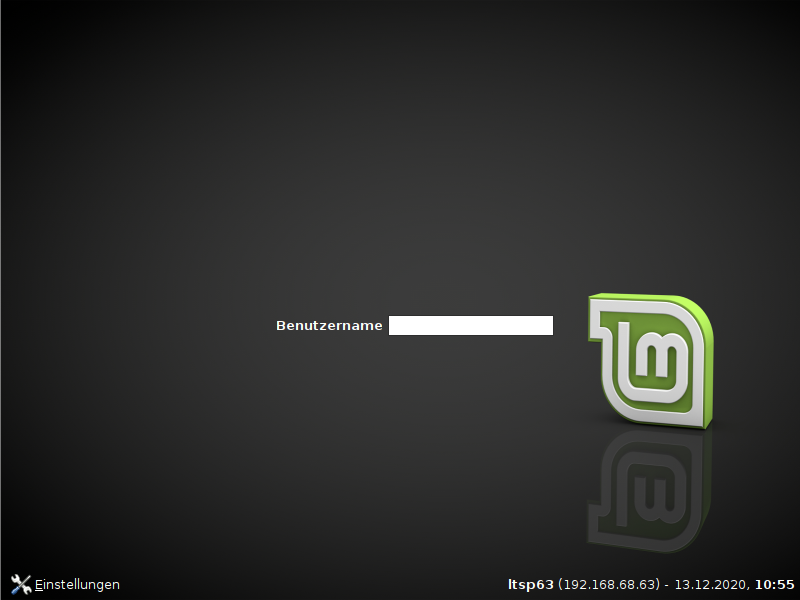
Okay, that’s it about my LMDE 3 LTSP-Server installation.
